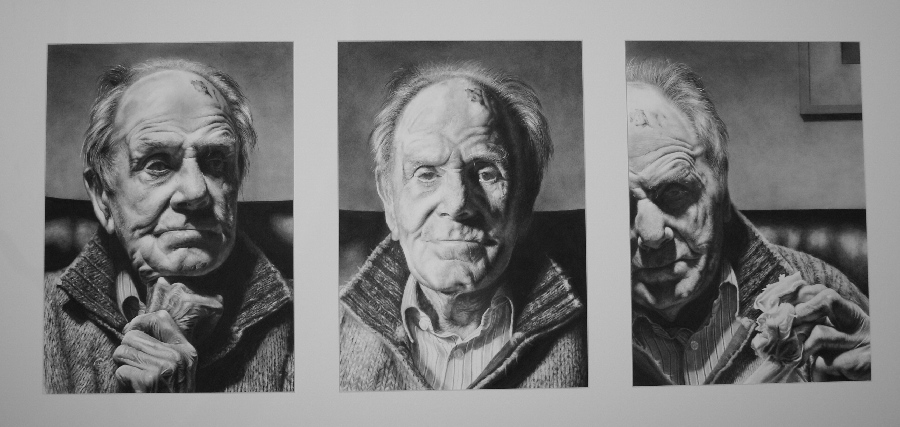I'm am looking forward to the new school year and what lies ahead. We have changed the course around a little bit from last semester, so there are sure to be some fun and exciting things for you during the semester. Brace yourselves for the fun ride of Media Arts!
Here's the course outline-
Page 1 https://docs.google.com/open?id=0BybhPZFDUUrzTHZiYTJfeW40bkE
Page 2 https://docs.google.com/open?id=0BybhPZFDUUrzVXY3Yi1Va1FrNVE
Given that this is just the first week of school, we have been talking about the Elements and Principles of Design and how to use them successfully in photography and your artwork. For more information on the Elements and Principles you can refer to these websites:
http://www.projectarticulate.org/principles.php
http://new.4-hcurriculum.org/projects/kidspace/E-P.htm
We have also started to get to know our cameras really well, learning their likes and dislikes, and all the different functions and meanings behind those 'symbols' that show up when you change a setting. For more in depth and complex functions, it's best to refer to your own camera manual as each camera and depth of functions are different. Here's the basic layout of symbols and what's on your screen.
http://www.inspiredart.biz/Digital%20Symbols.htm
http://www.photonhead.com/beginners/cameramodes.php
Hopefully by the end of this you will have superior knowledge of all the Elements and Principles and also become best friends (besties) with your camera!
For your reference if you're ever stuck at home, at a friends, late at night, or on the weekend trying to work on something and you just can't seem to find that piece of paper with the assignment details (because it's lost in the depths of your locker, underneath that old sandwich) or for what to do- please use this blog as your guide. I will post handouts, assignment sheets, checklists, rubrics and pretty much anything you'll need to make sure you can successfully complete each assignment ON TIME!





























